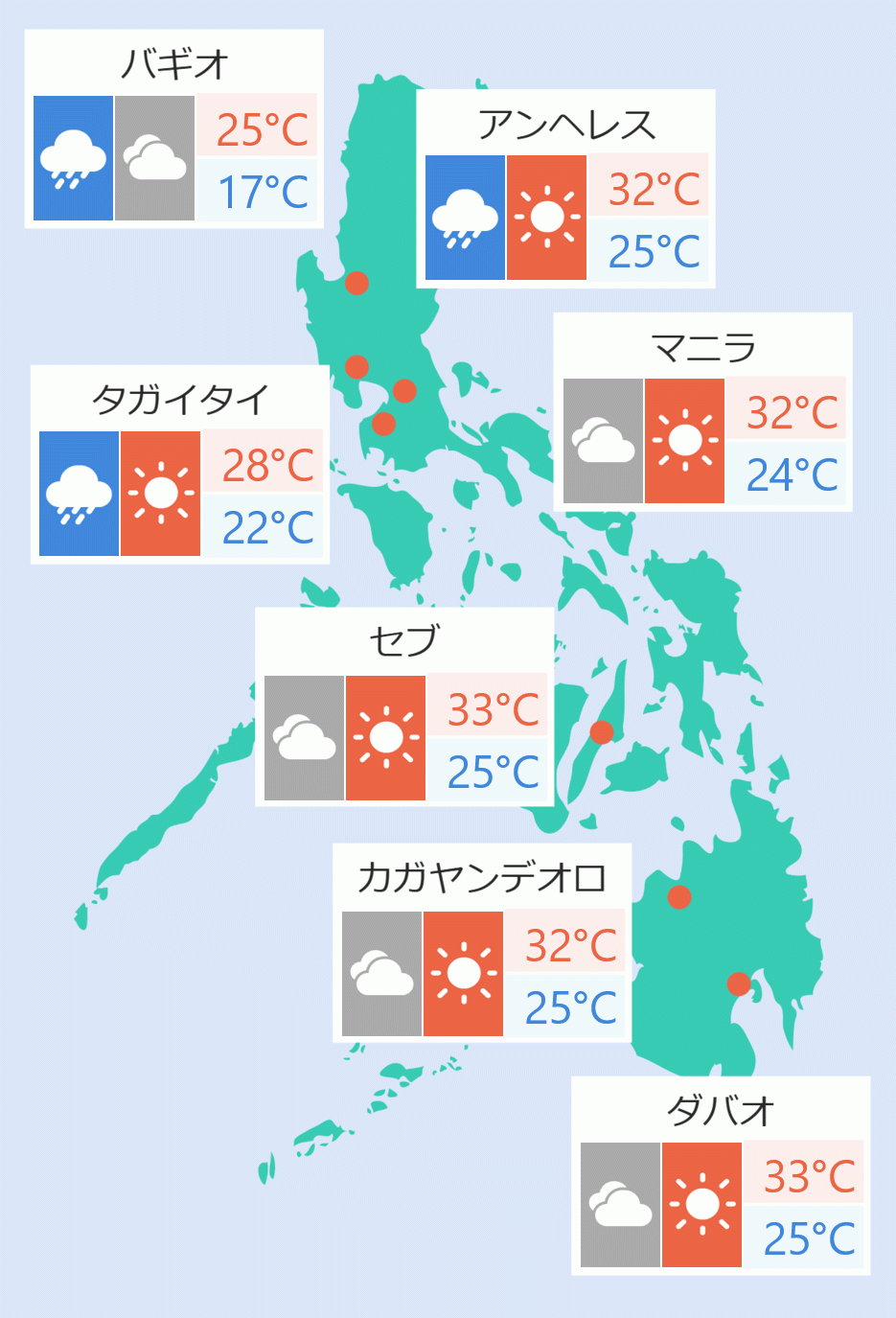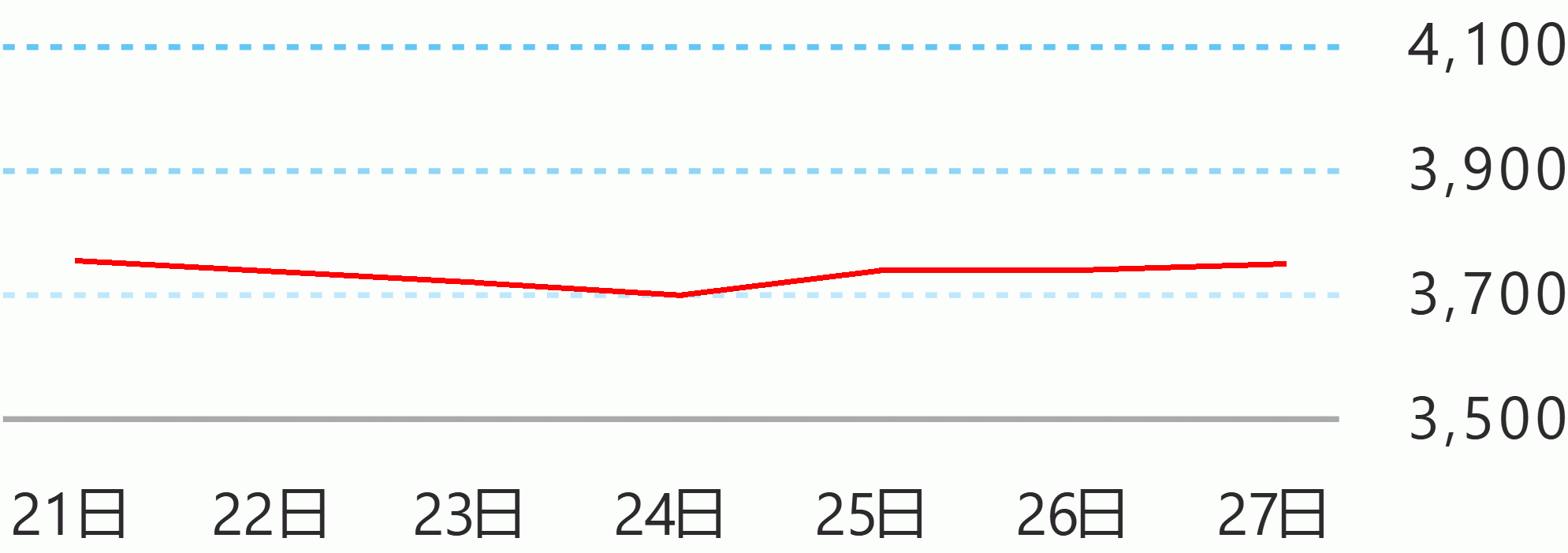Despite the increase of COVID-19 cases in the country, the Department of Health (DOH) on Sunday said this could not be considered yet as a second wave of infection.
In a radio interview, Health Undersecretary and treatment czar Leopoldo Vega said the recorded 3,439 new cases on March 6 were already alarming.
“This is alarming and we are taking the necessary precautionary measures especially in the hospitals,” Vega said.
“We cannot say that this is the second wave but if we see progressive, consistent and (the cases) are reaching the peak (similar to) 2020, then we can say that it is already the second wave. But this time we aren't,” he said.
Last August 2020, the country recorded nearly 5,000 COVID-19 cases.
“We are now reaching the middle of the highest case in August 2020… In other words we are now in the middle of the peak… We see the trend but it’s hard to say it (is the second wave) for now,” Vega said.
Vega said the government is now intensifying its testing, isolation, and treatment.
He said the spread of the new COVID-19 variants must be immediately contained while the government’s vaccination program is ongoing.
Vega said all regional offices of the Department of Health (DOH) have received their COVID-19 vaccines.
Meanwhile, Guido David, an OCTA Research fellow, also said that the numbers are already alarming but could not be considered yet as a second wave.
He said the increase in COVID-19 cases may be caused by the new variants that entered the country.
“It is one of the factors why there is an increase in the cases. We are not saying how many variants we have here but what we measure is the increase in the cases in Metro Manila,” David said.
He said the reproduction rate in Metro Manila is at 1.66, similar to July to August last year and also in Cebu last January to February this year.
“And that is not yet the ceiling, it could further go up,” he said.
"Unless we change this trajectory, the cases will continue to go up by the end (of March),” he added.
Based on its latest report, OCTA Research Group said with the current reproduction rate in NCR, the region is projected to have 2,000 new COVID-19 cases per day by March 21 and 3,000 new cases by March 31 while the country is projected to have 5,000 to 6,000 new cases per day by the end of March.
He said areas outside Metro Manila which are showing increase in cases should start containing their infection.
To prevent other variants from entering, David said OCTA recommended the Inter-Agency Task Force for the Management of Emerging Infectious Diseases to study the international travel guidelines.
He also said that it is also difficult to shift to modified general community quarantine due to high COVID-19 cases.
“It is okay if we don’t have a surge… What is important now is to control the increasing number of cases. So we would take steps such as minimizing activities as the spread of infection is much faster if there are more people outside,” David said.
“We hope we can study our restrictions again because if we reach the critical level, it will be hard to control it… We will have a hard time managing if we reach 5,000 to 6,000 cases,” he added.
However, David said there is no need for the declaration of modified enhanced community quarantine (MECQ) or enhanced community quarantine (ECQ) for as long as precautionary steps are being undertaken.
Cabinet Secretary Karlo Alexis Nograles said the increase in the number of COVID-19 cases in the country will be the basis for the next recommendation of the IATF to President Rodrigo Duterte.
"We are monitoring the March cases and obviously, this will be the basis for our recommendation for April," he said. Ella Dionisio/DMS





 English
English









